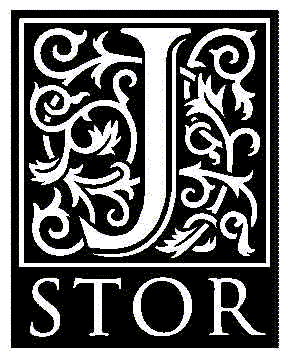
Morocco: Problems of New Power.
I. WILLIAM ZARTMAN. New York: Atherton Press, 1964. ix, 276 pp., 2 maps, index, 8 tables. $7.95. (The American Association for Middle East Studies Series.)
Reviewed by CLIFFORD GEERTZ, University of Chicago
Professor Zartman, a political scientist, regards the functional and institutional approaches to the study of government current in his field as "unhelpful," "mislead ing," "inappropriate," and "suggestive of normative judgments about institutions not yet established" when applied to the study of developing countries, where governmental life has not yet settled into "comfortable patterns." In place of these, he employs, in this interesting and informative study of political process in independent Morocco, what he calls "the decision making approach," a form of analysis in which the units of investigation are neither governmental structures nor political functions but concrete national problems.
He selects five such problems faced by the Government of the late King Mohammed V between 1956 and 1961 and traces the stages through which the attempts to resolve them passed. Of the five, "the military problem," a study of the organization of the Moroccan army, is far and away the best and in fact one of the most useful empirical case histories of the evolution of military policy in a new state yet to appear. Zartman's description of the integration of irregular resistance forces into the Royal Army and the establishment by the then-Crown Prince and now King, Hassan II, of firm palace control o\oe.r it is incisive and comprehensive. Perhaps the least effective of the studies is "the economic problem," a case history of agrarian reform which is hampered by a lack of detailed knowledge of Moroccan agriculture as such and by a neglect of ecological and economic considerations which, taken together, give the discussion of policy deliberations a formalistic, rather disembodied air. A "diplomatic problem" (the evacuation of American bases), a "social problem" (Arabization of primary and secondary education), and a "political problem" (the organization of elections) complete the work, along with a suggestive, but rather too brief concluding theoretical chapter on "Evolution and Decision Making." In this last, Zartman outlines four characteristics of the decision making process in Morocco and, beyond it, of developing societies generally: (1) problems for decision are chosen in reaction to extra-governmental pressures and solutions to them thus go no further than is necessary to assuage that pressure; (2) inertia and conflicting pressures within Government foster inaction and so decisions tend to be shaped more by the course of events than by deliberate governmental actions: (3) decisions are taken seriatim and in independence of one another rather than in the context of long term political aims and perspectives; and (4) decisions tend to be based on symbols and problems are thus more often ideologically exorcised than actually resolved.
That Zartman is justified in holding the "decision making approach" to be the only valid one for the analysis of new nations politics seems doubtful. But he has demonstrated eminently its usefulness as one approach among others, and, especially if read in conjunction with Douglas Ashford's more institutionally-oriented and more deeply probing Political Change in Morocco, Morocco: Problems of New Power forms an excellent introduction to the governmental style of the at once very "old" and very "new" Moroccan monarchy since it regained its independence nine years ago.
Book Review, in: American Anthropologist, New Series, Vol. 67, No. 1 (Feb., 1965), pp. 197-198.
online source: http://www.jstor.org
JSTOR's Terms and Conditions of Use provides, in part, that unless you have obtained prior permission, you may not download an entire issue of a journal or multiple copies of articles, and you may use content in the JSTOR archive only for your personal, non-commercial use.
American Anthropologist is currently published by American Anthropological Association. Please contact the publisher regarding any further use of this work. Publisher contact information may be obtained at http://www.jstor.org/journals/anthro.html.
Each copy of any part of a JSTOR transmission must contain the same copyright notice that appears on the screen or printed page of such transmission.

Using this text is also subject to the general HyperGeertz-Copyright-regulations based on Austrian copyright-law (2001), which - in short - allow a personal, nonprofit & educational (all must apply) use of material stored in data bases, including a restricted redistribution of such material, if this is also for nonprofit purposes and restricted to a specific scientific community (both must apply), and if full and accurate attribution to the author, original source and date of publication, web location(s) or originating list(s) is given ("fair-use-restriction"). Any other use transgressing this restriction is subject to a direct agreement between a subsequent user and the holder of the original copyright(s) as indicated by the source(s). HyperGeertz@WorldCatalogue cannot be held responsible for any neglection of these regulations and will impose such a responsibility on any unlawful user.
Each copy of any part of a transmission of a HyperGeertz-Text must therefore contain this same copyright notice as it appears on the screen or printed page of such transmission, including any specific copyright notice as indicated above by the original copyright holder and/ or the previous online source(s).